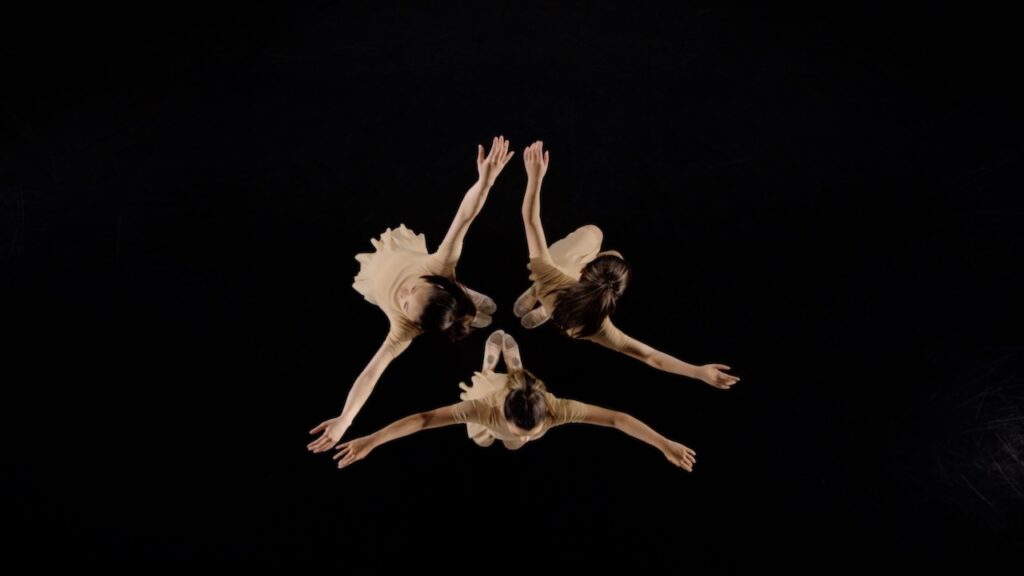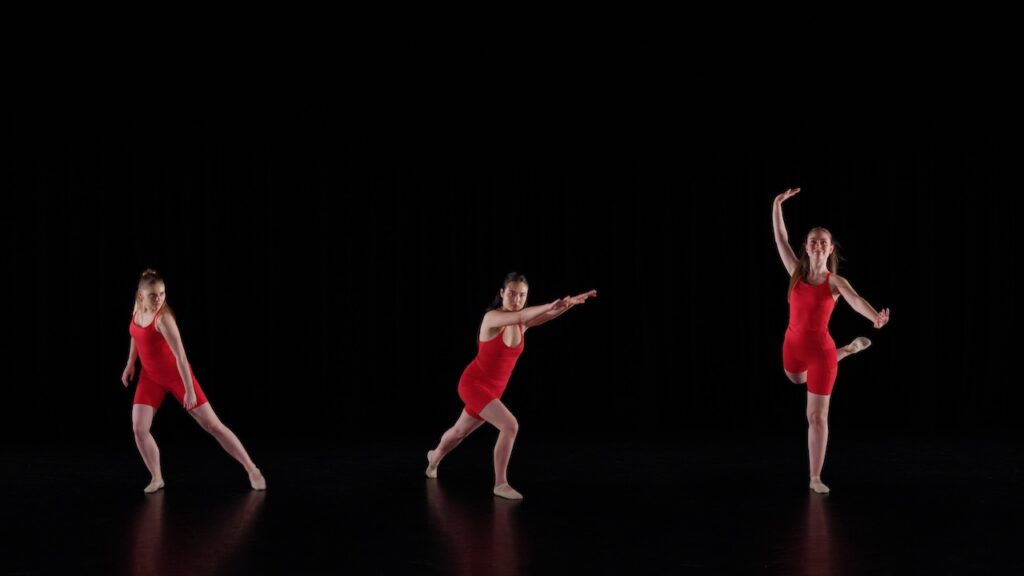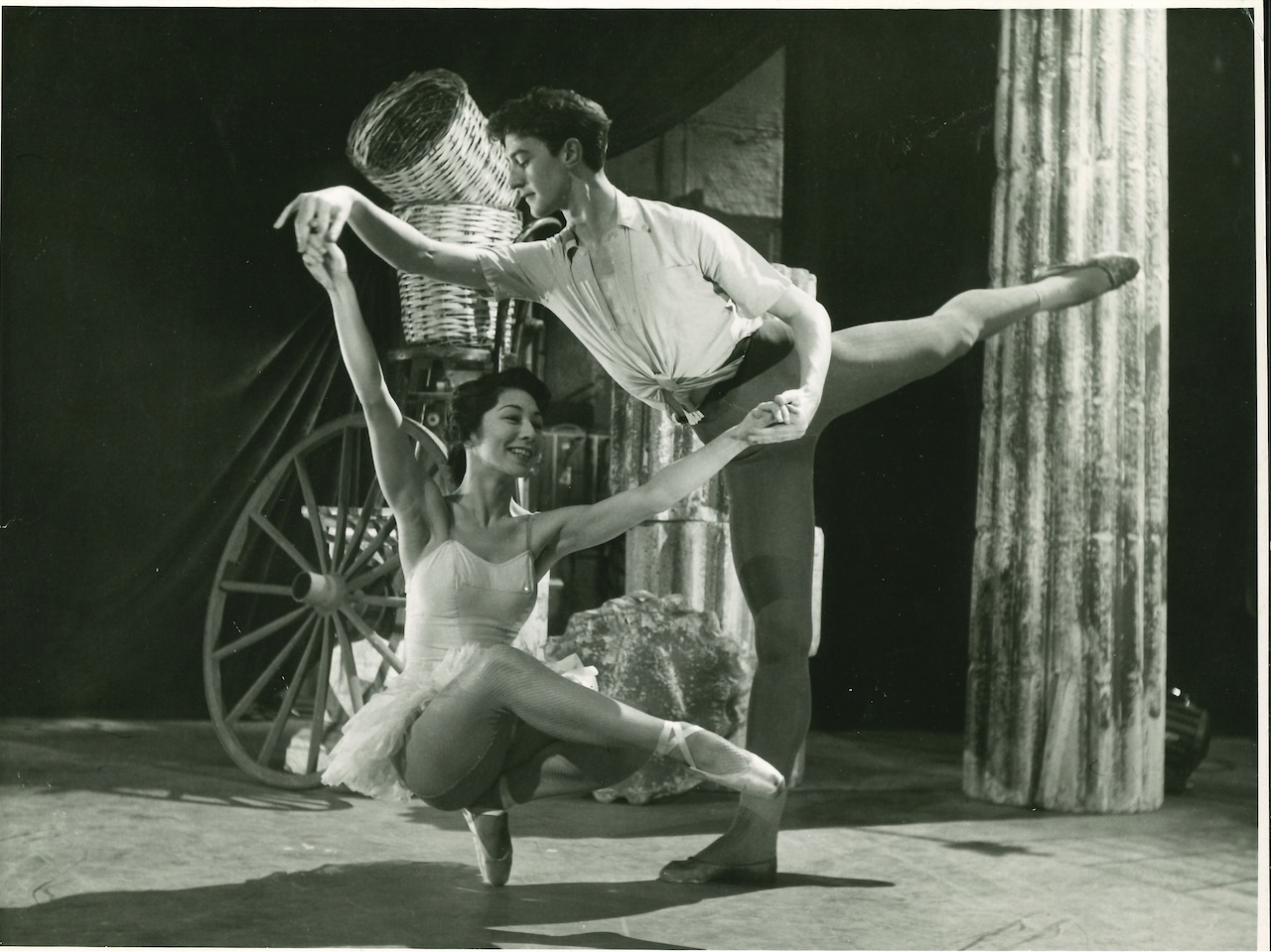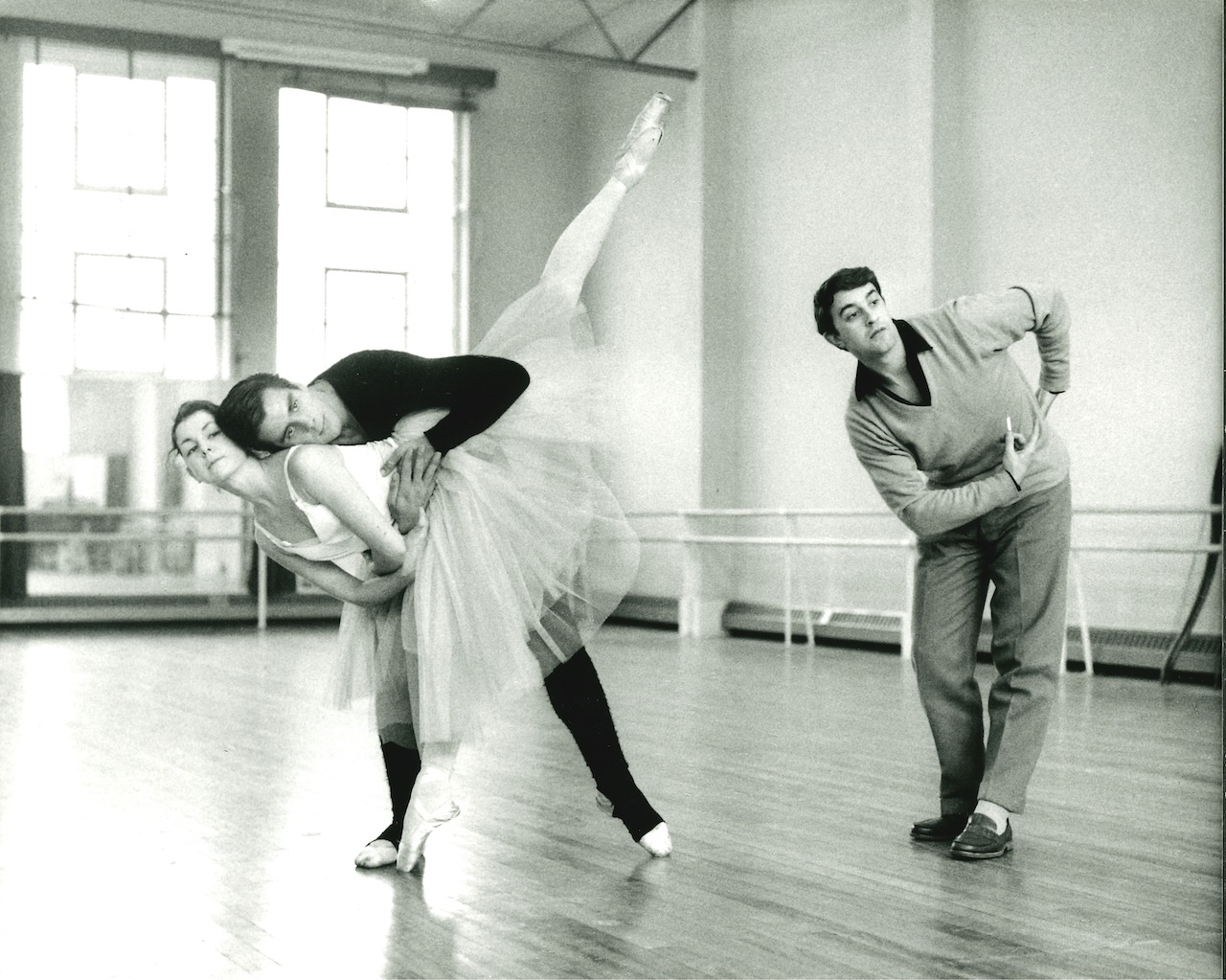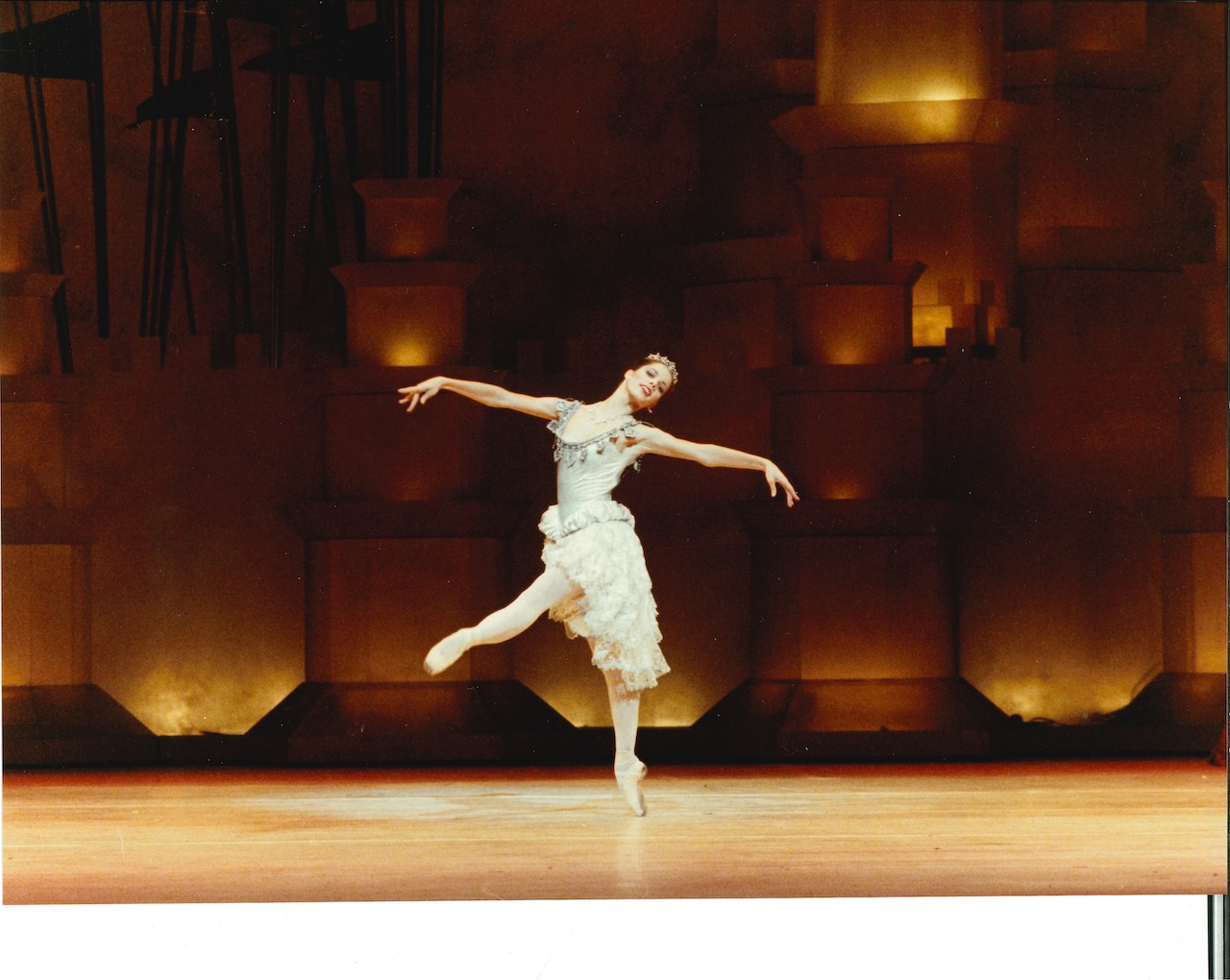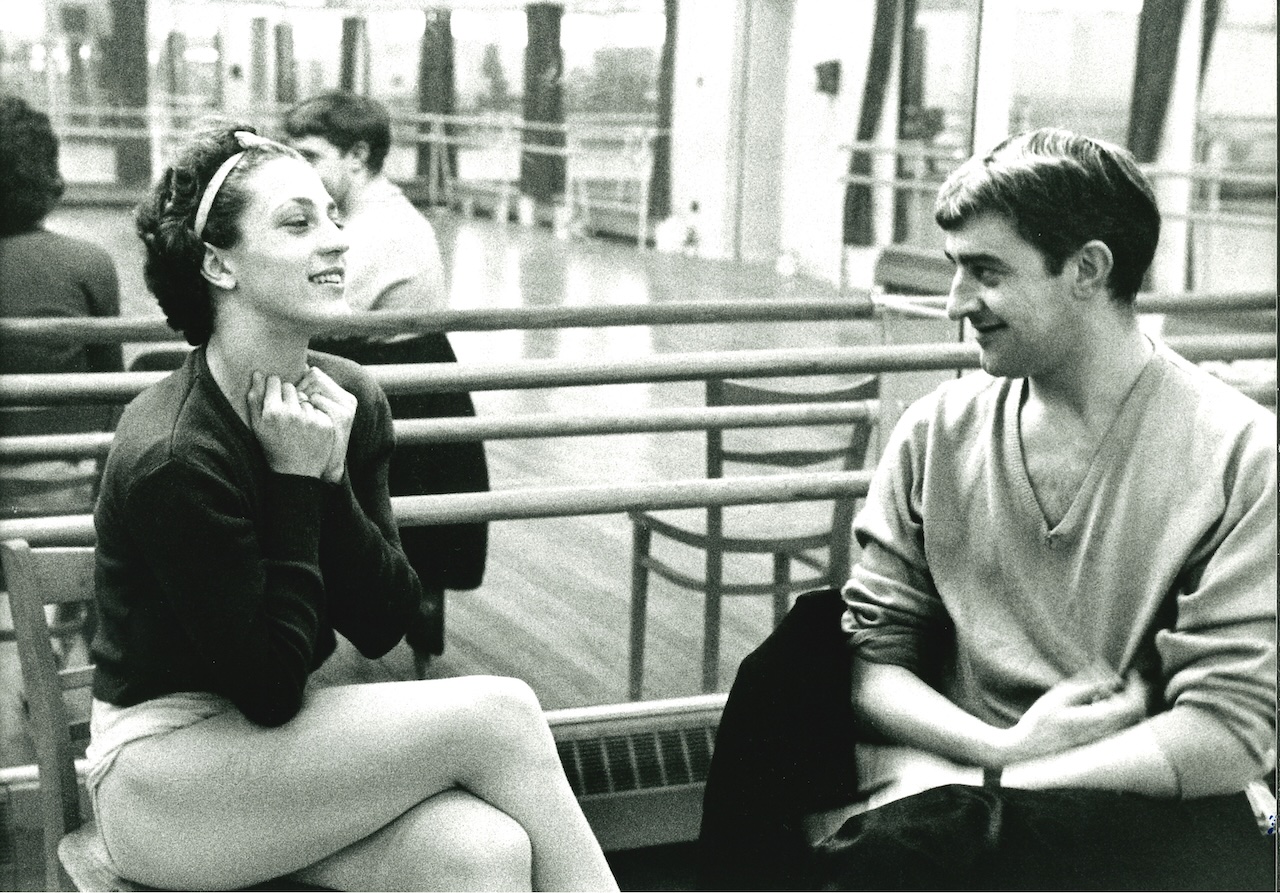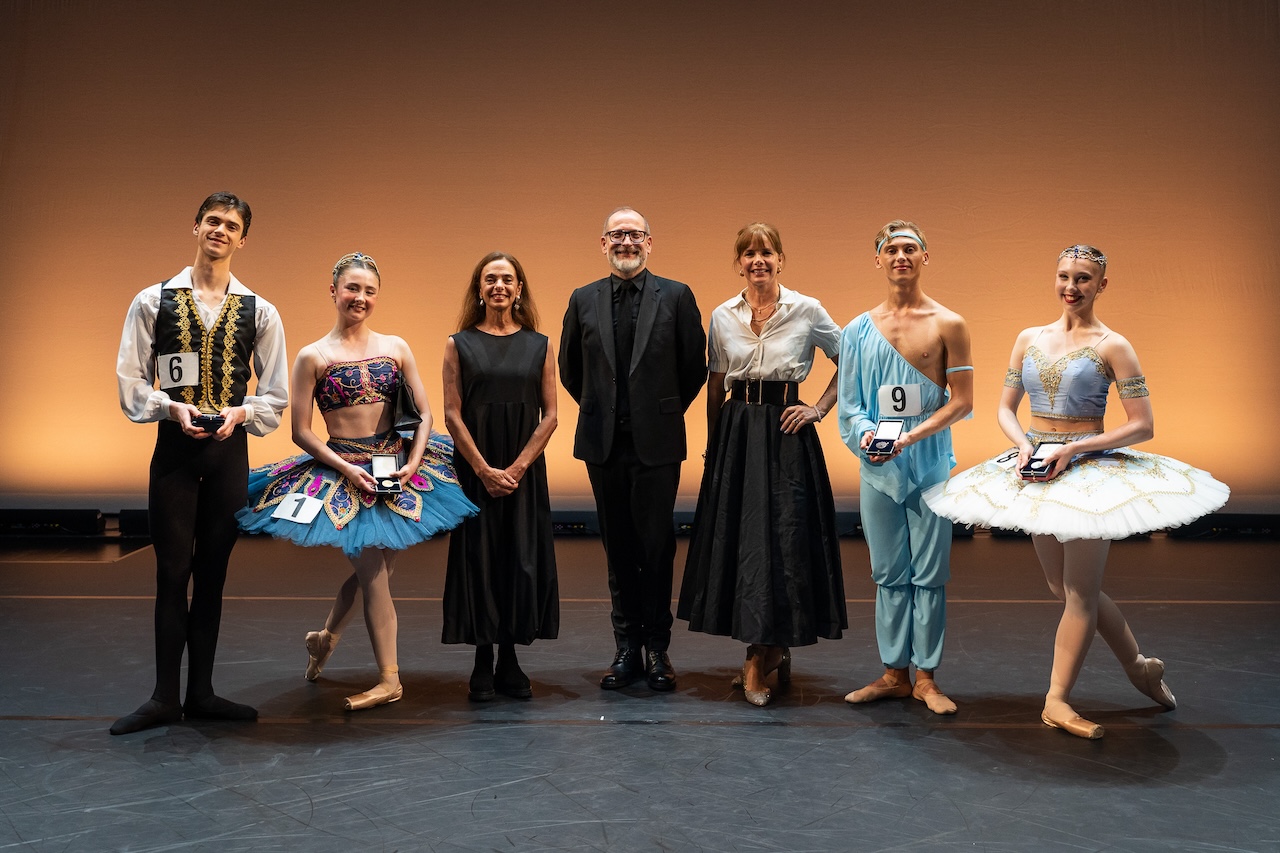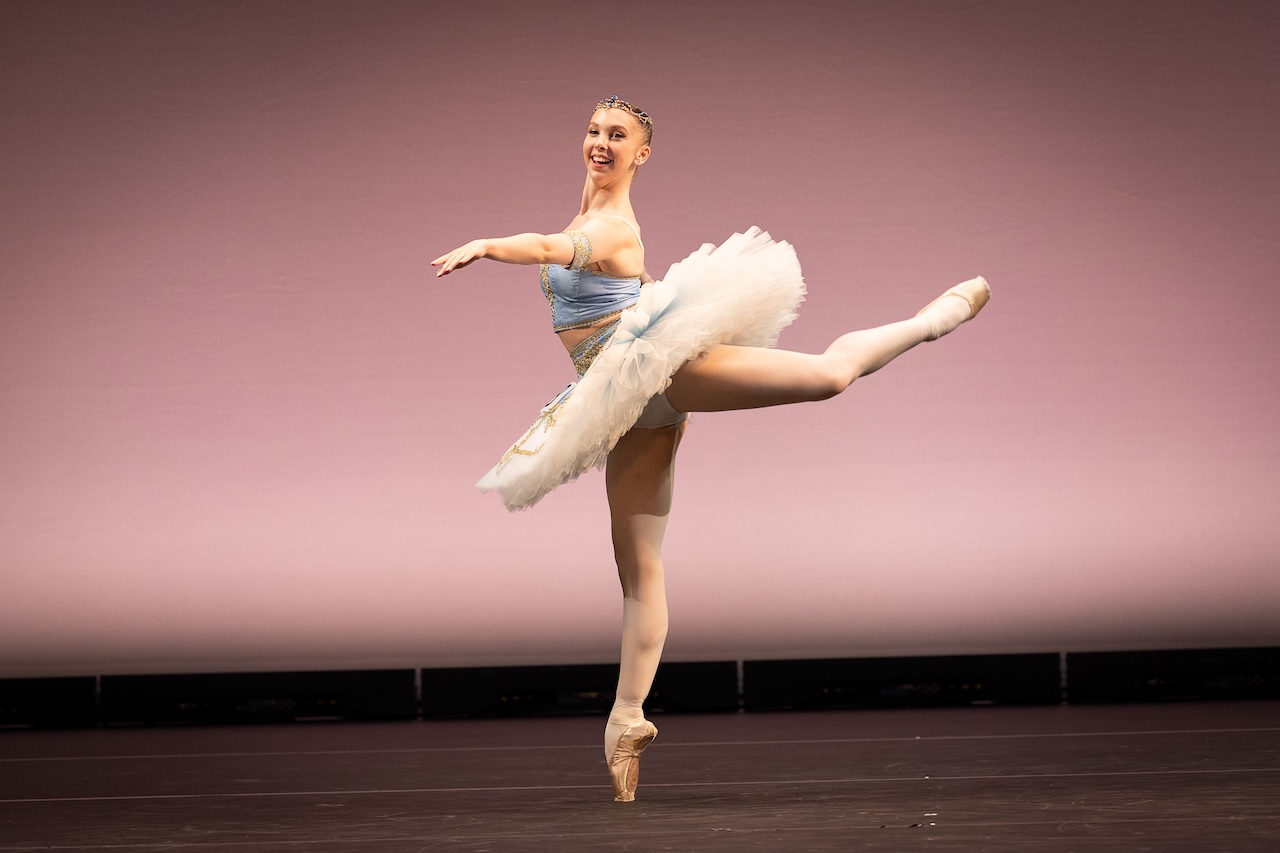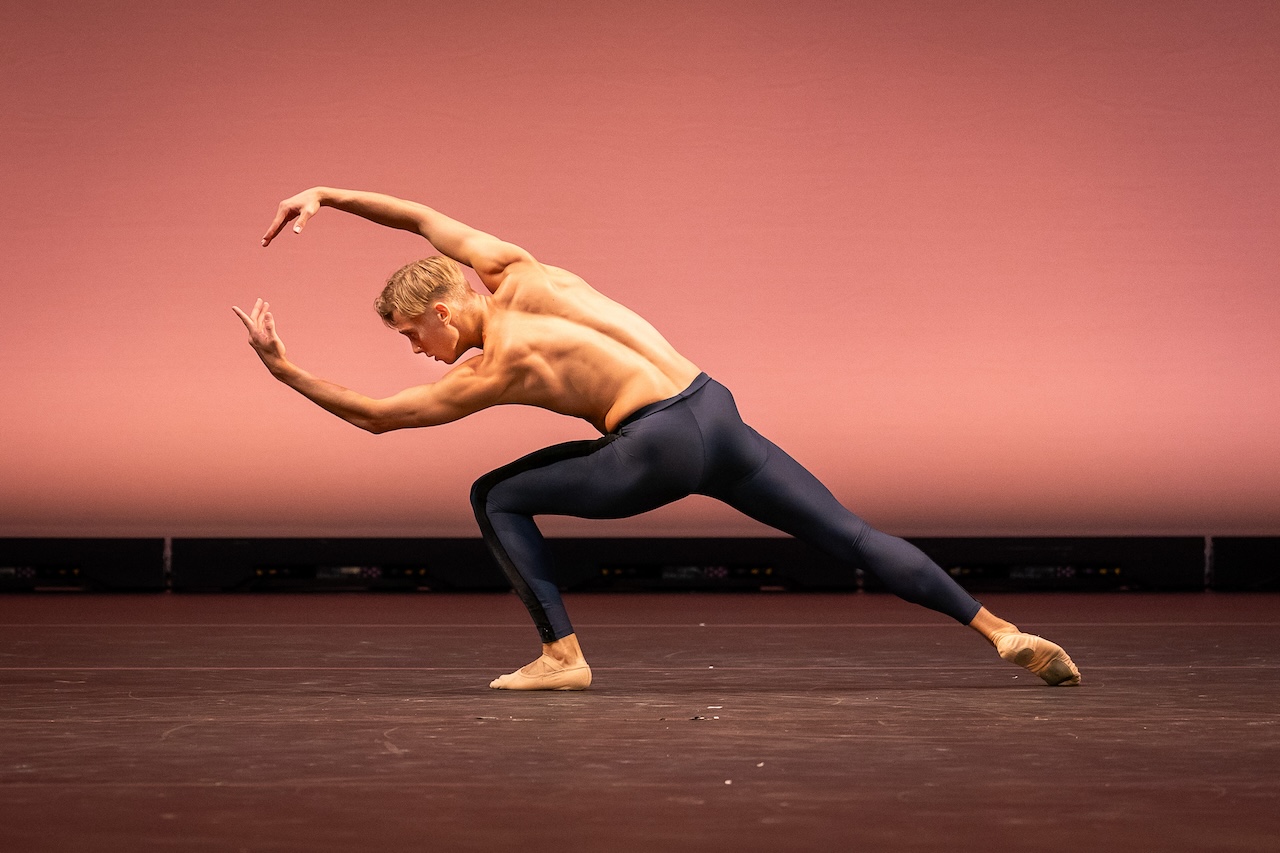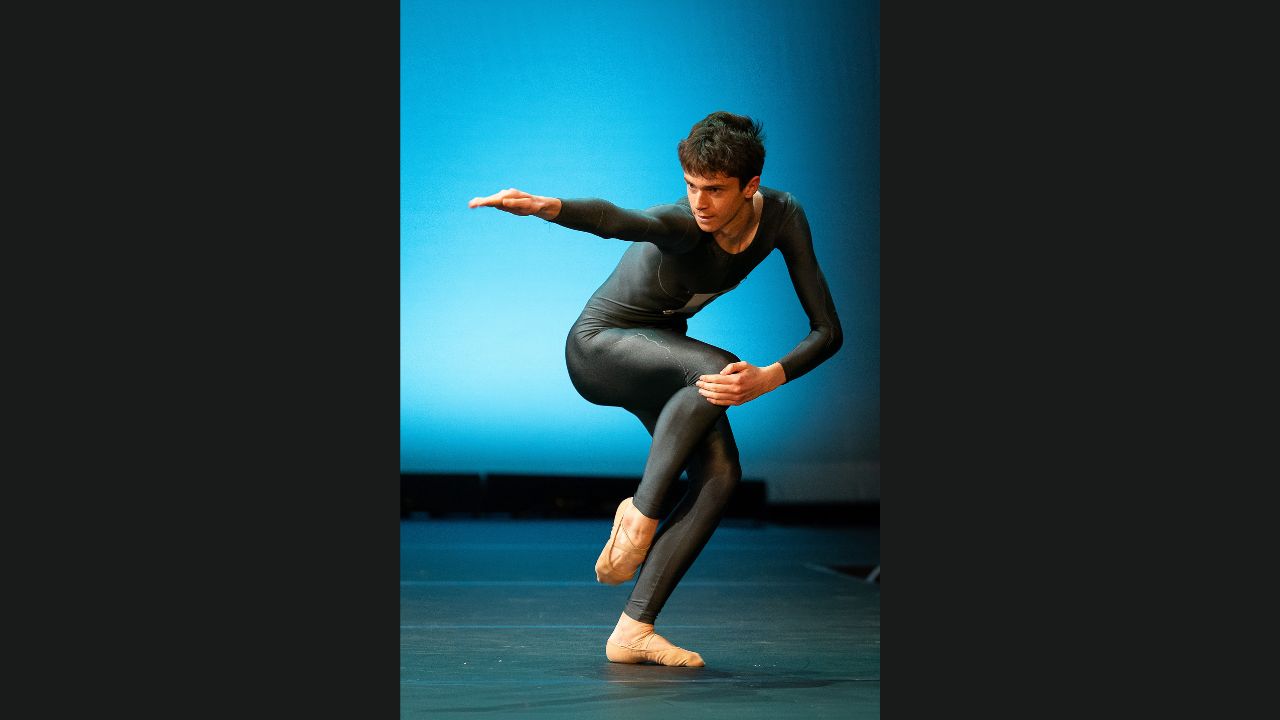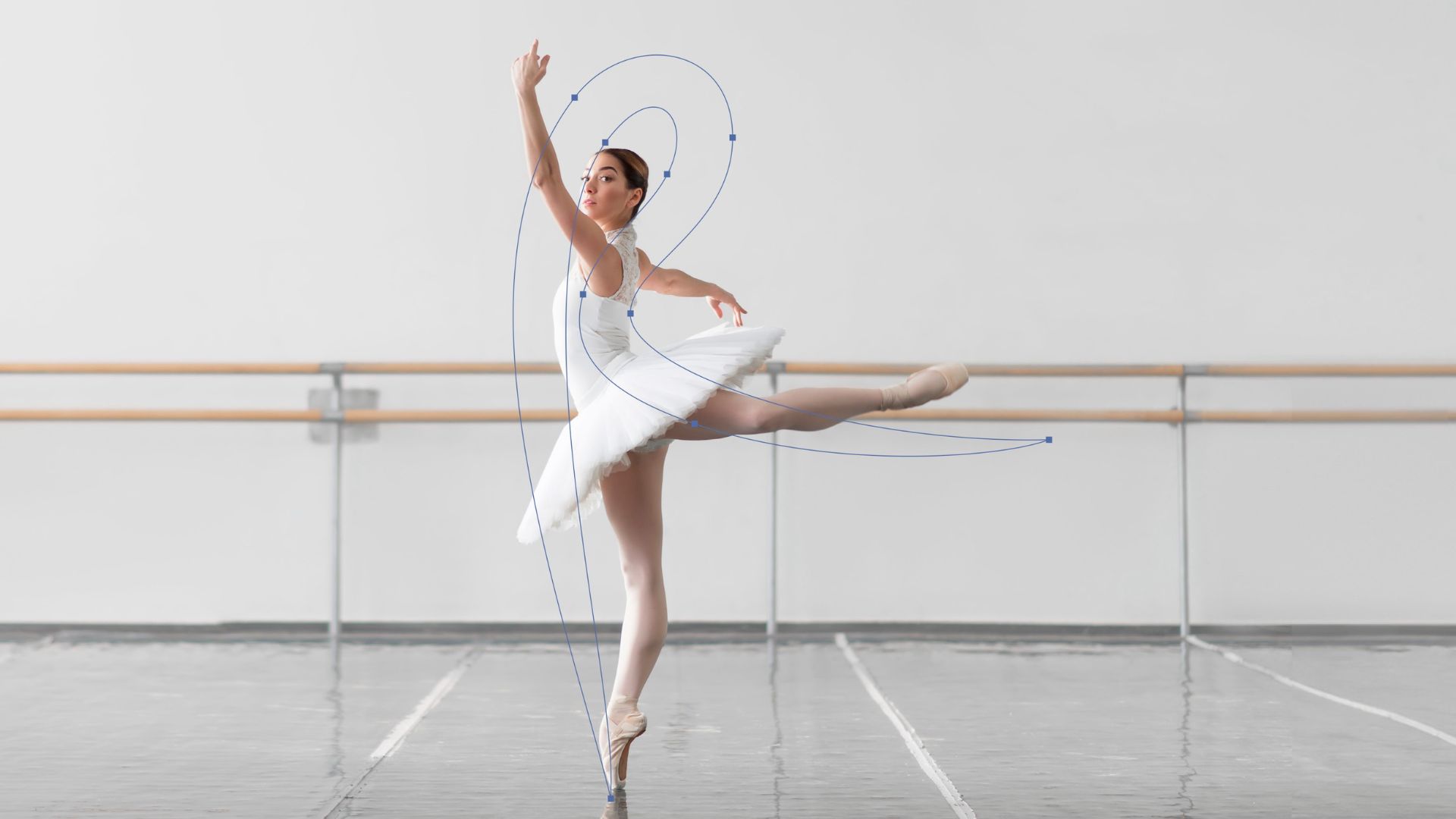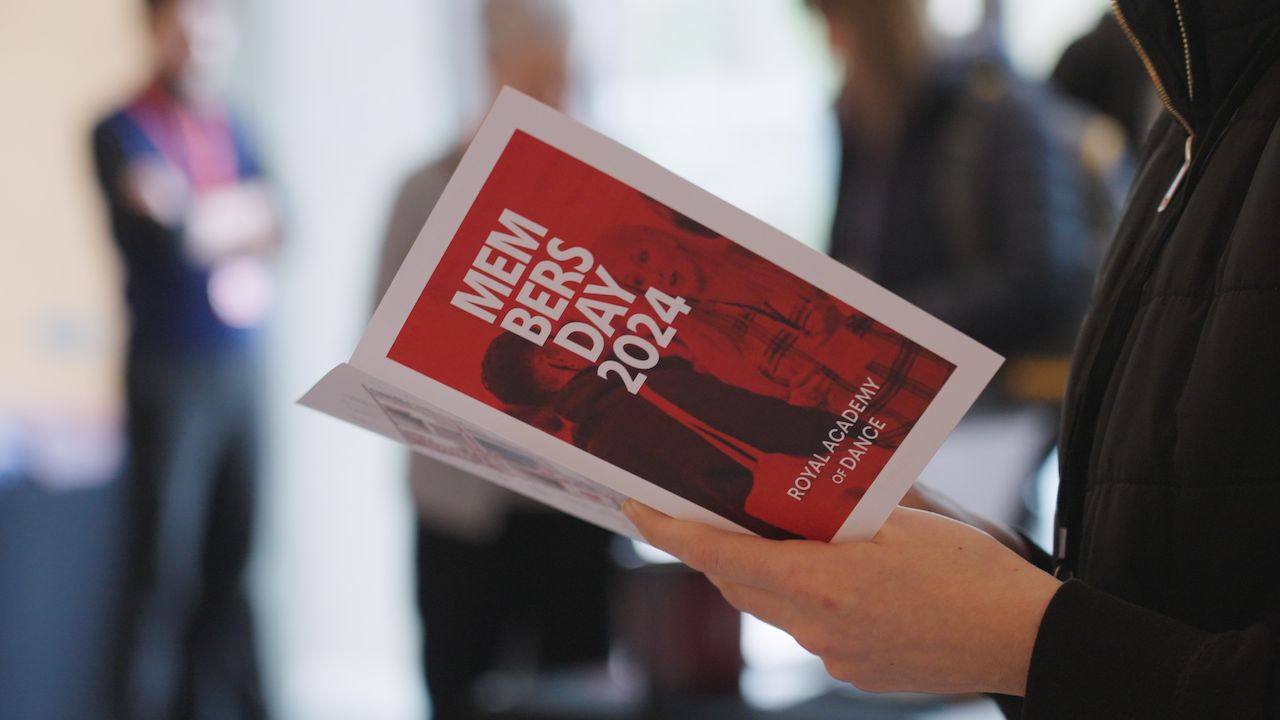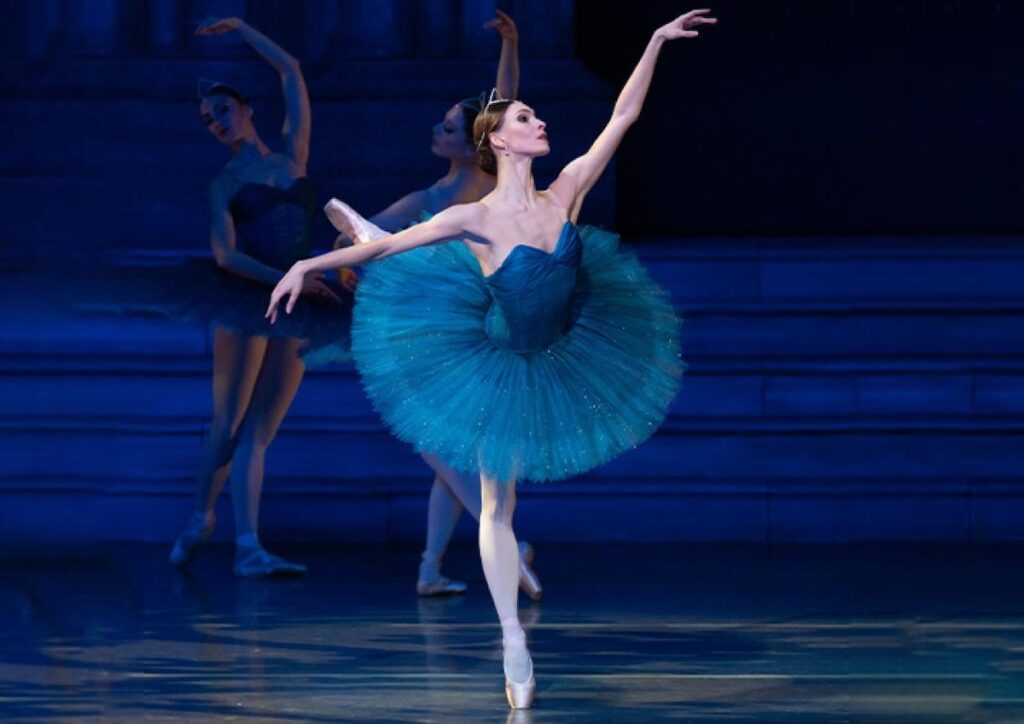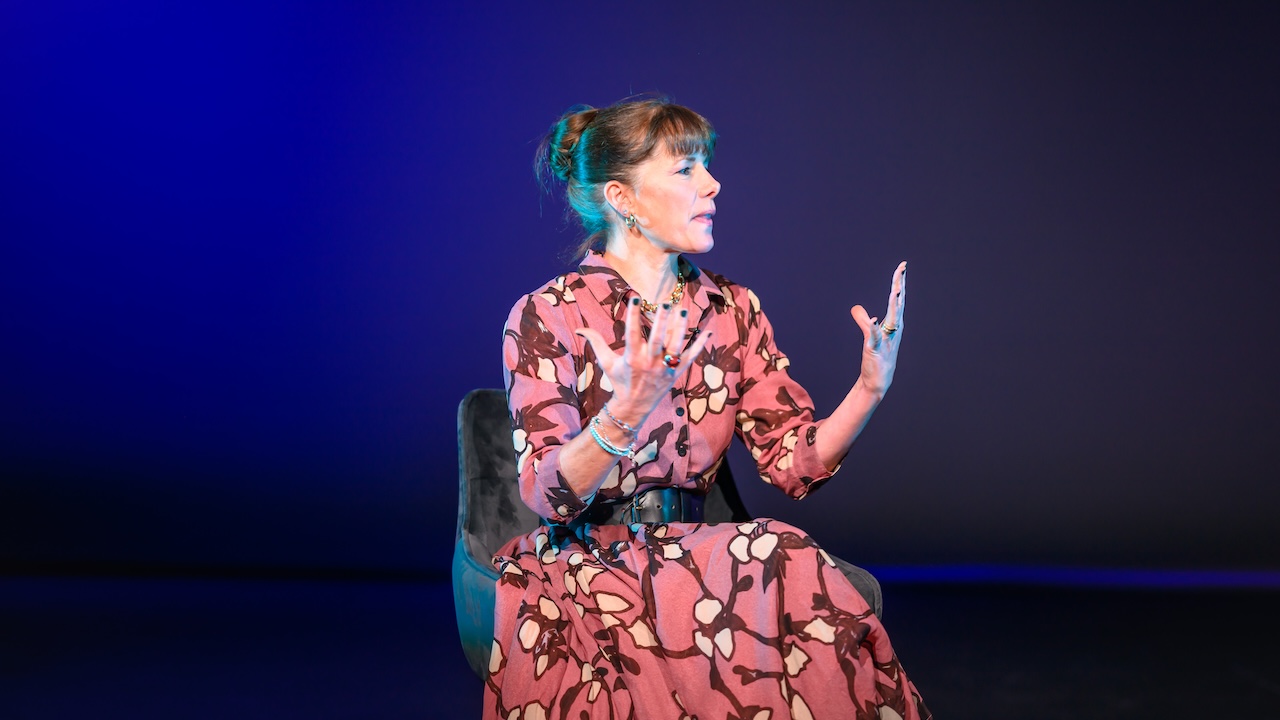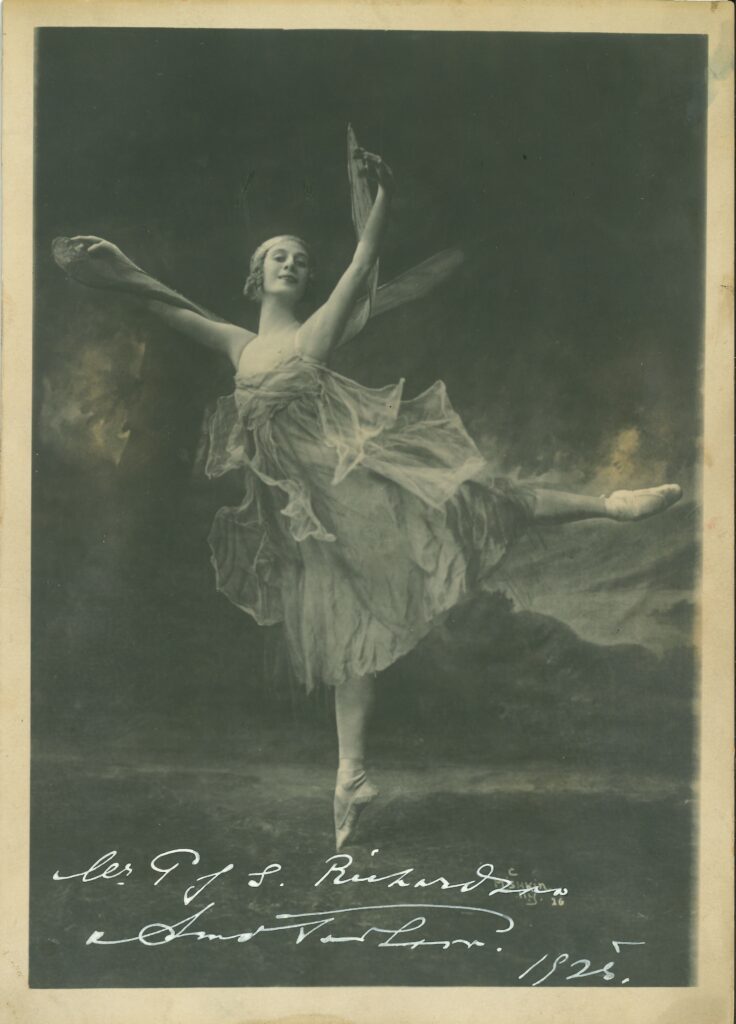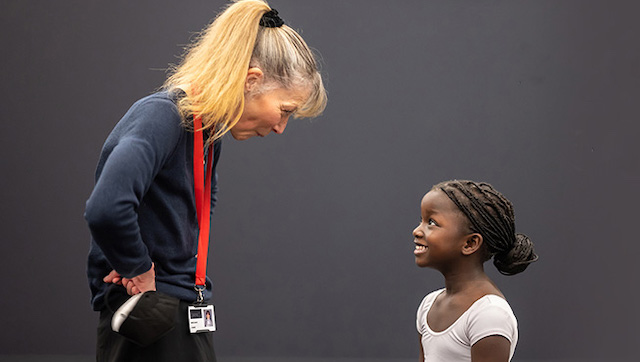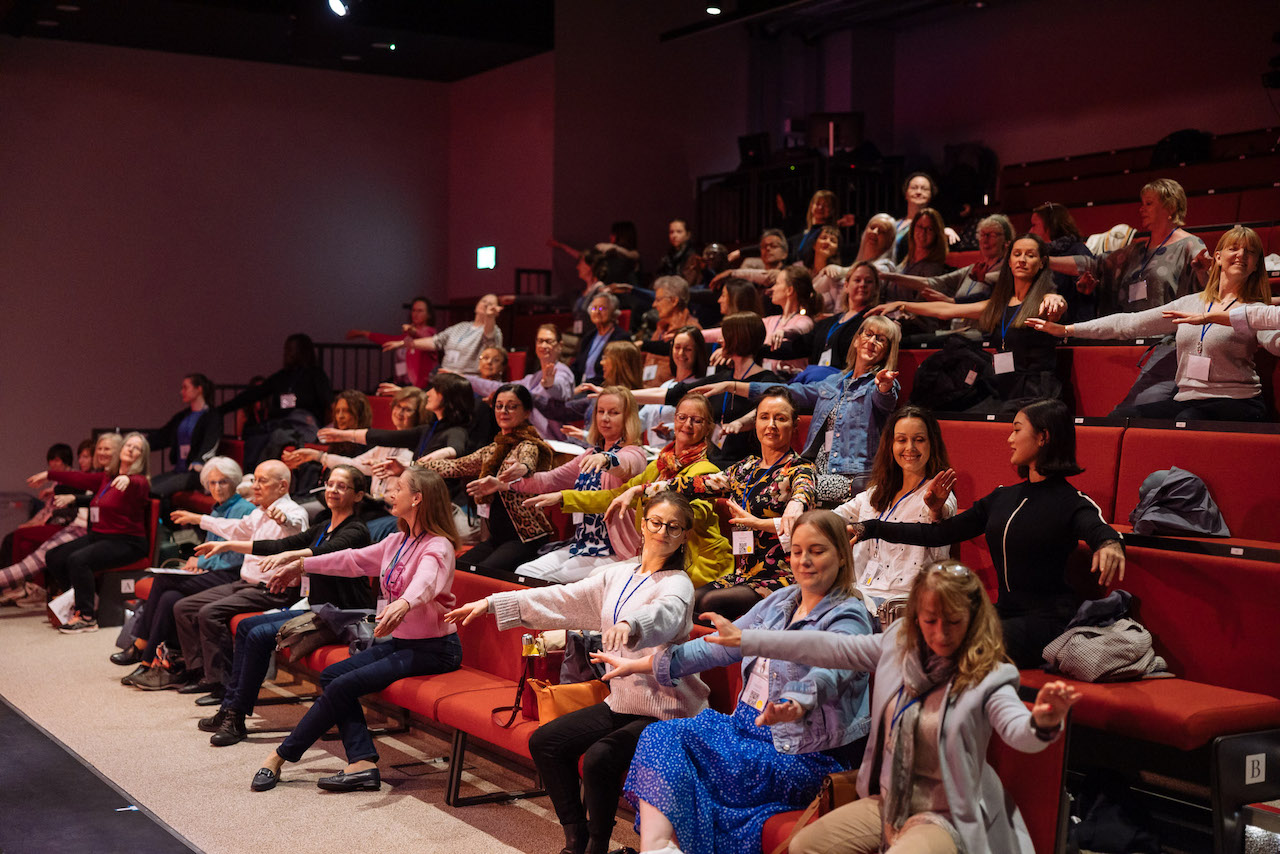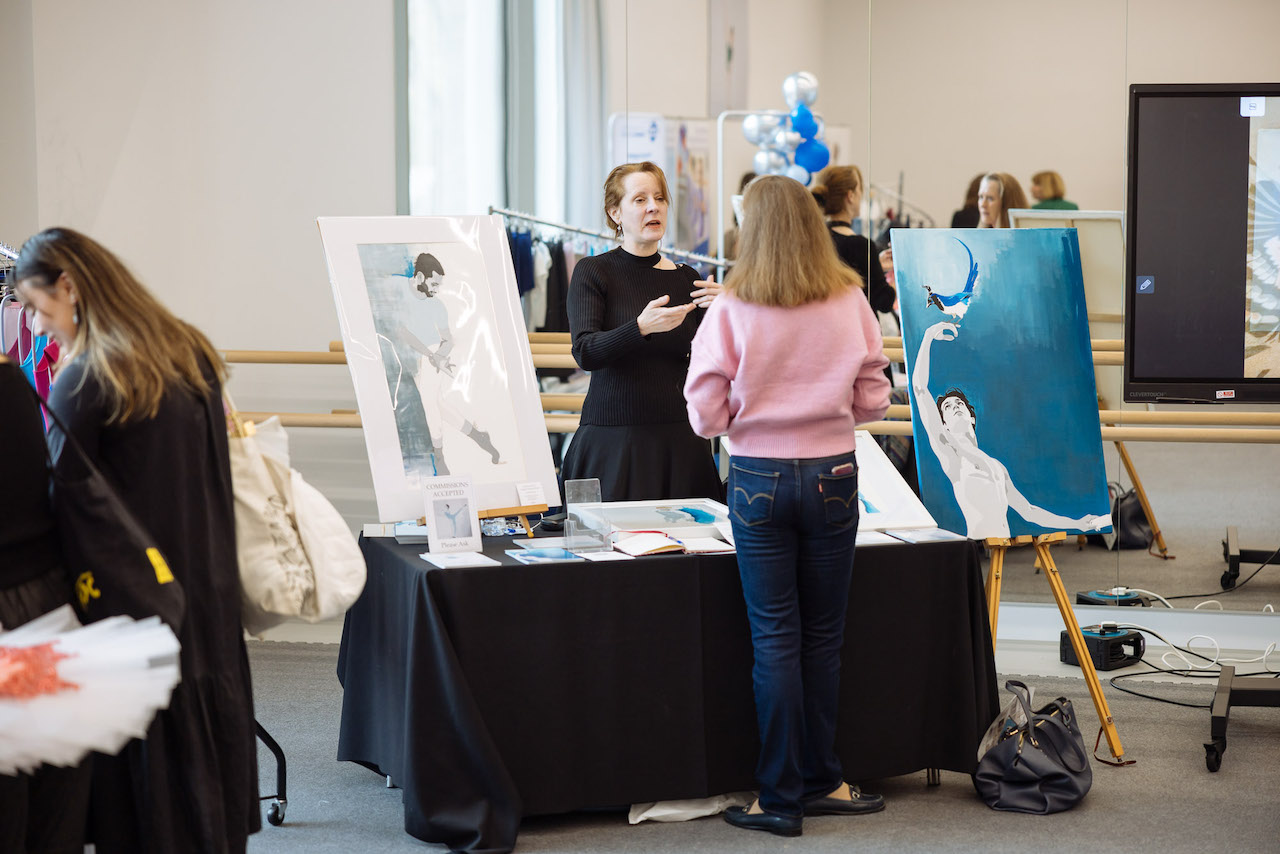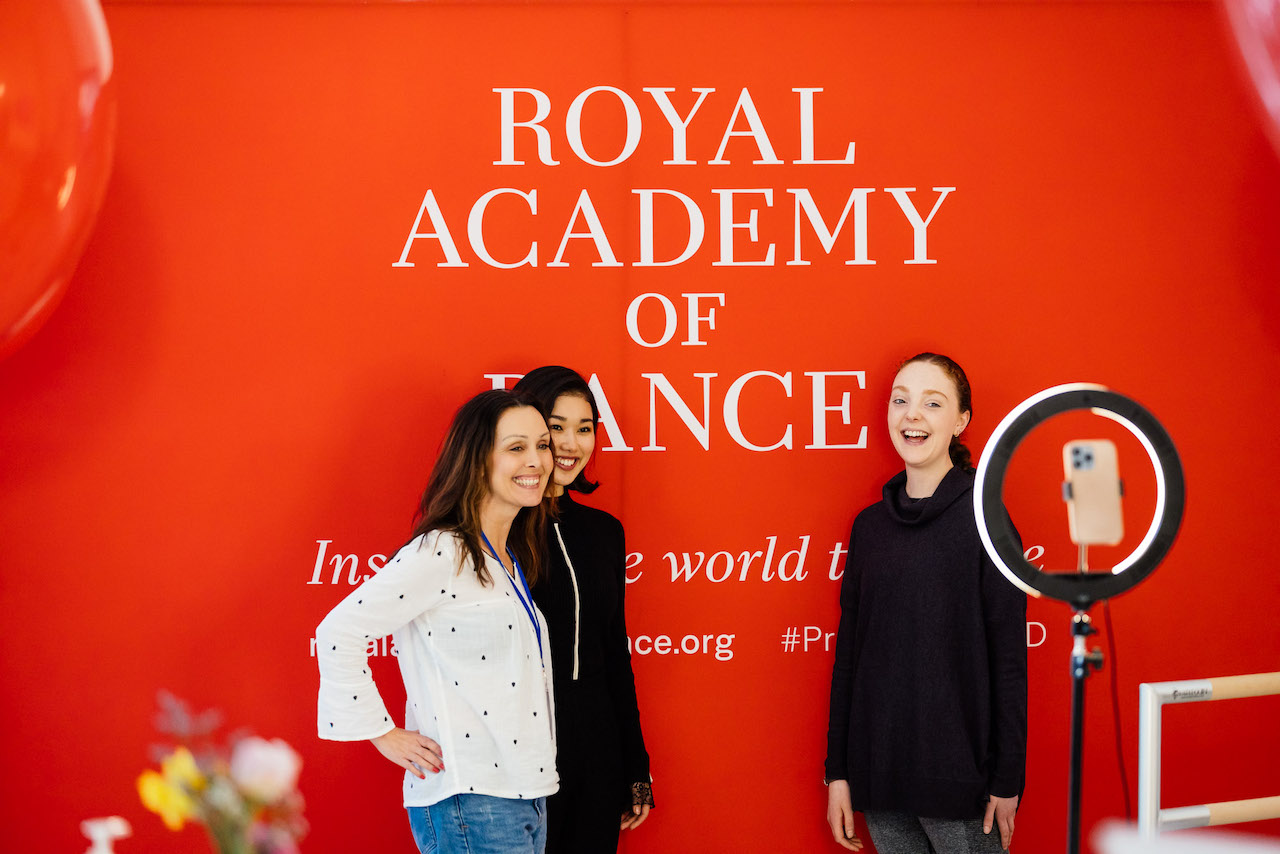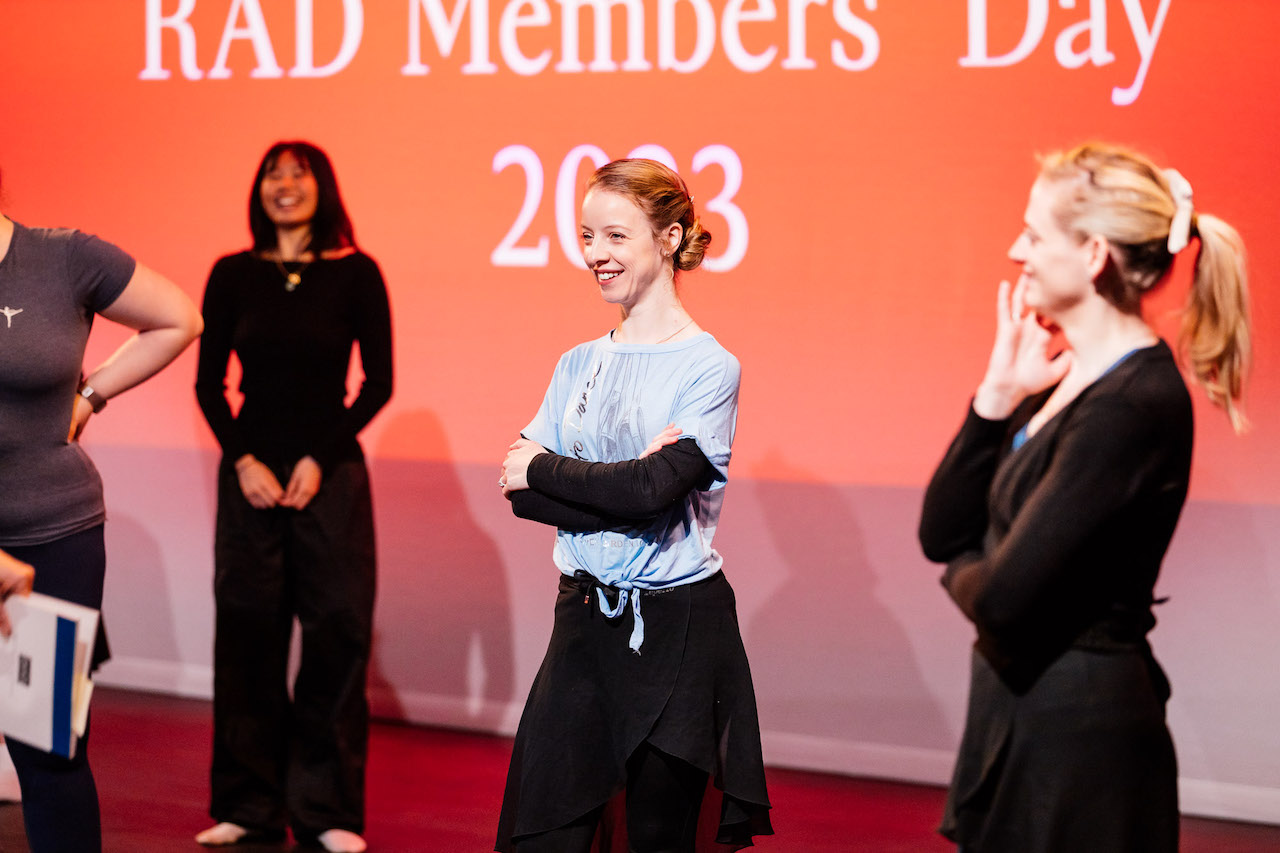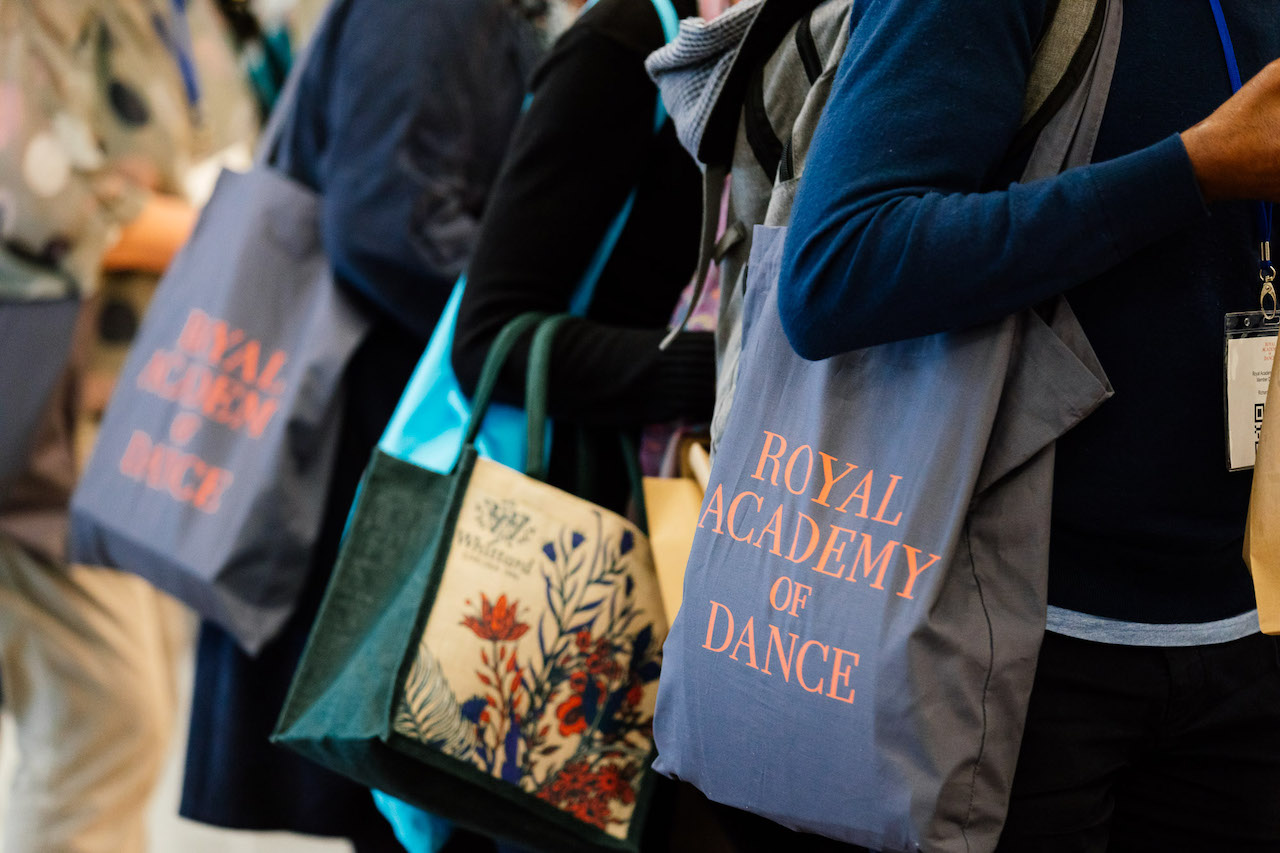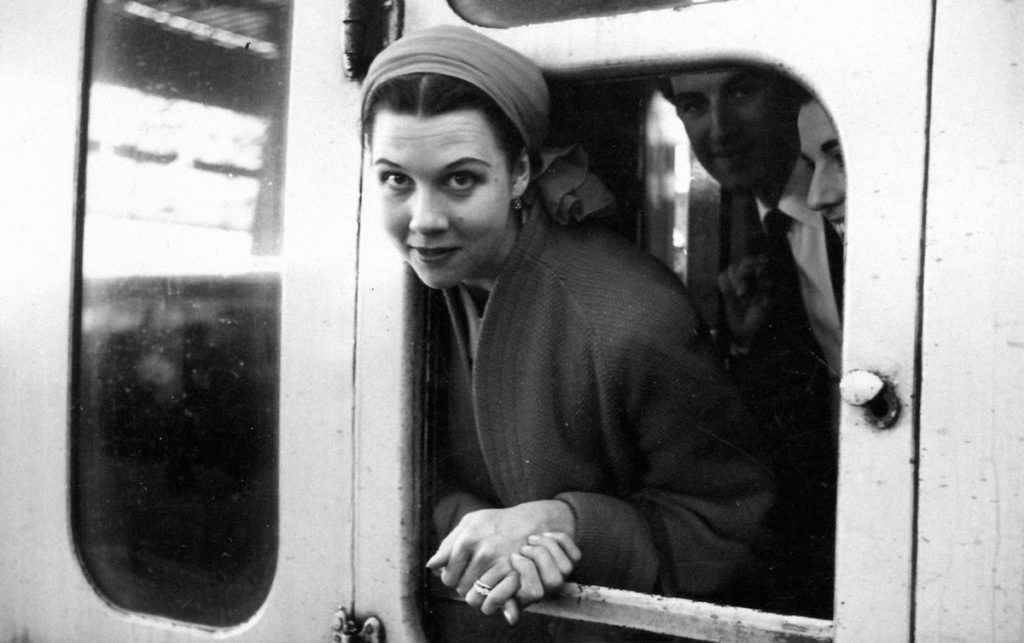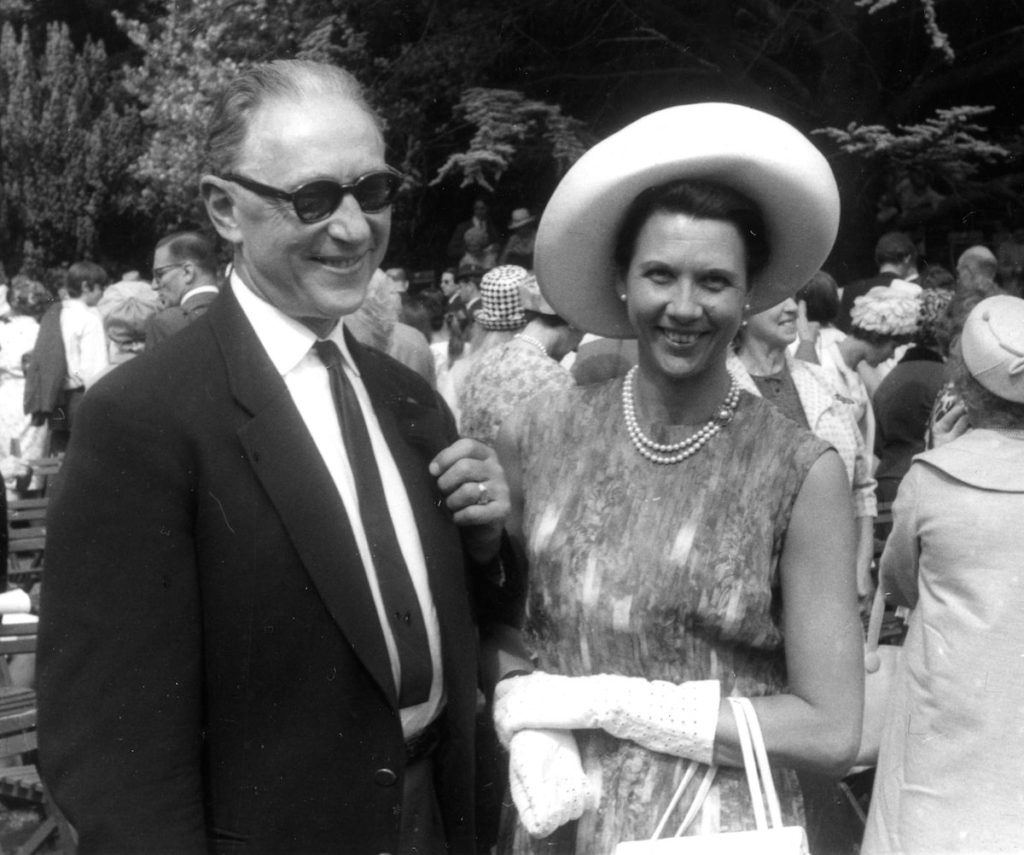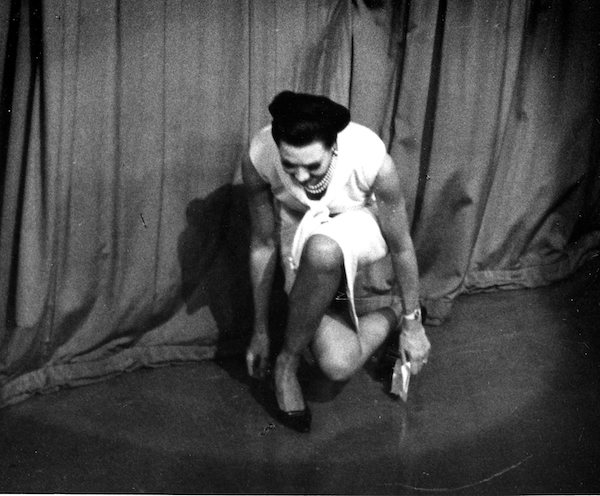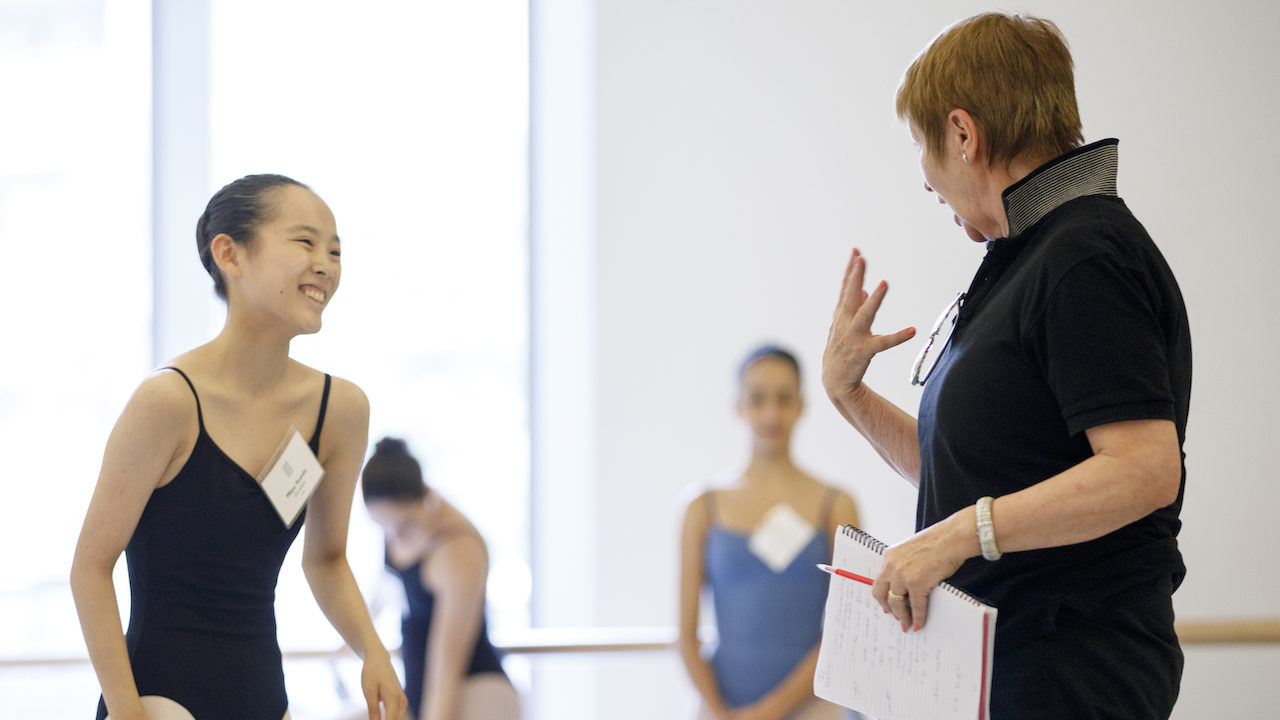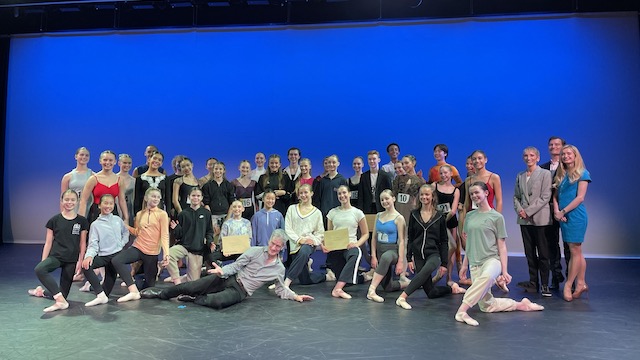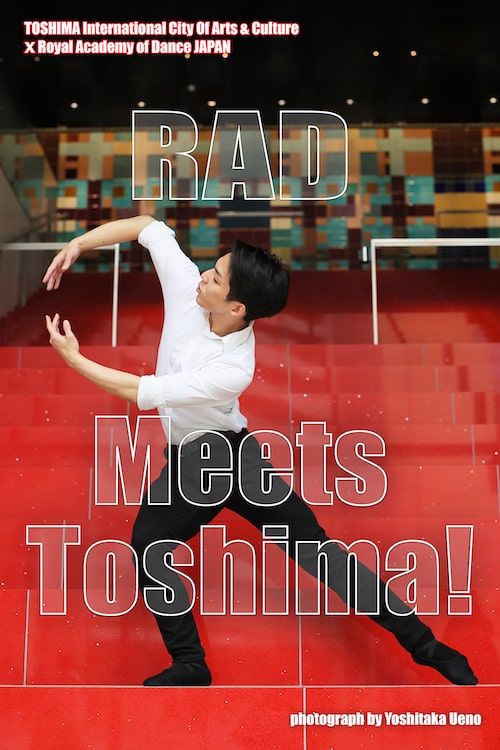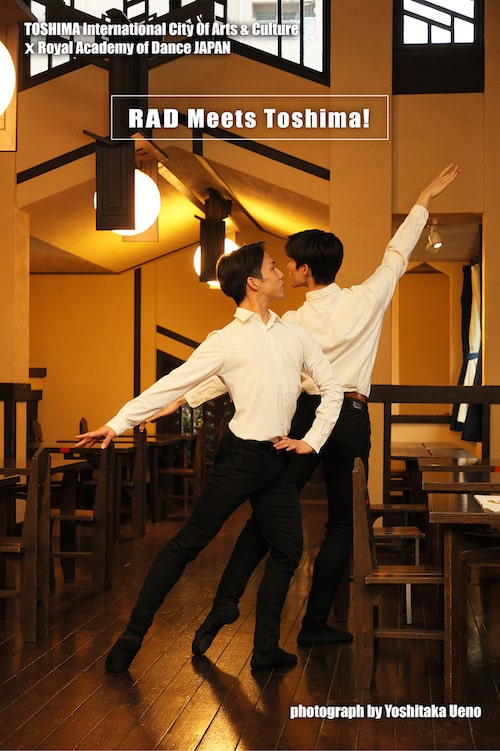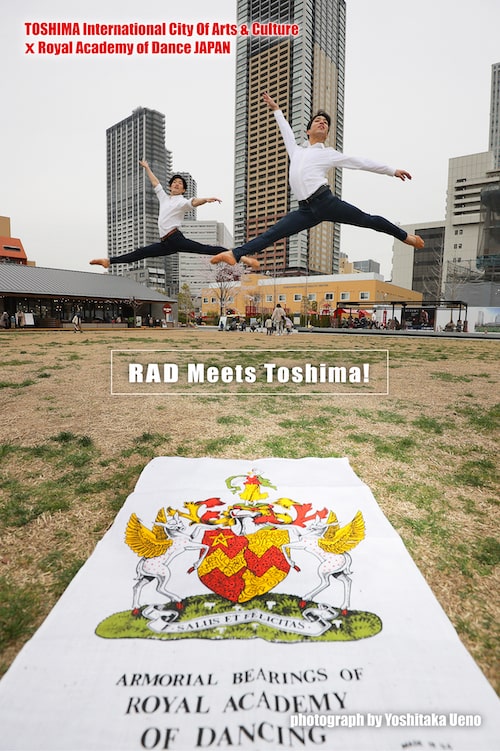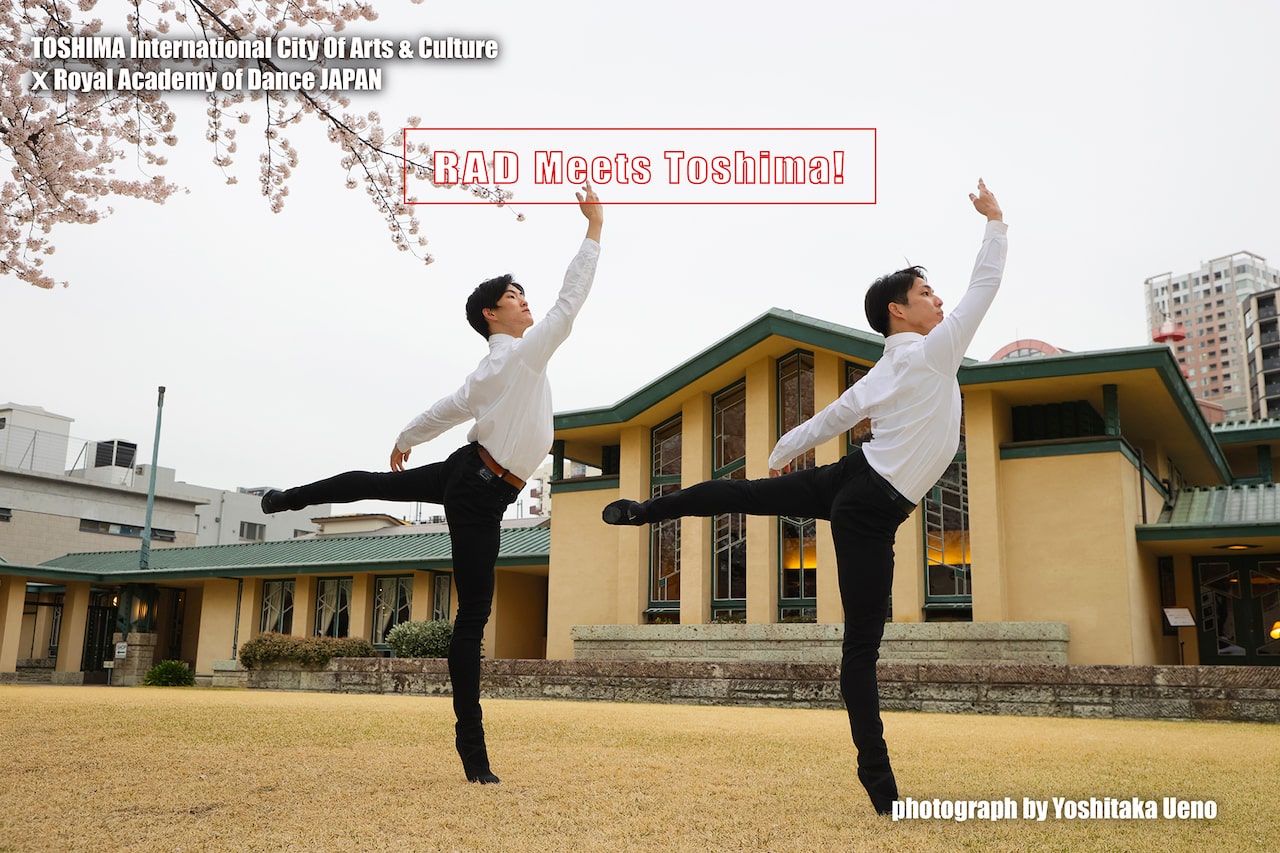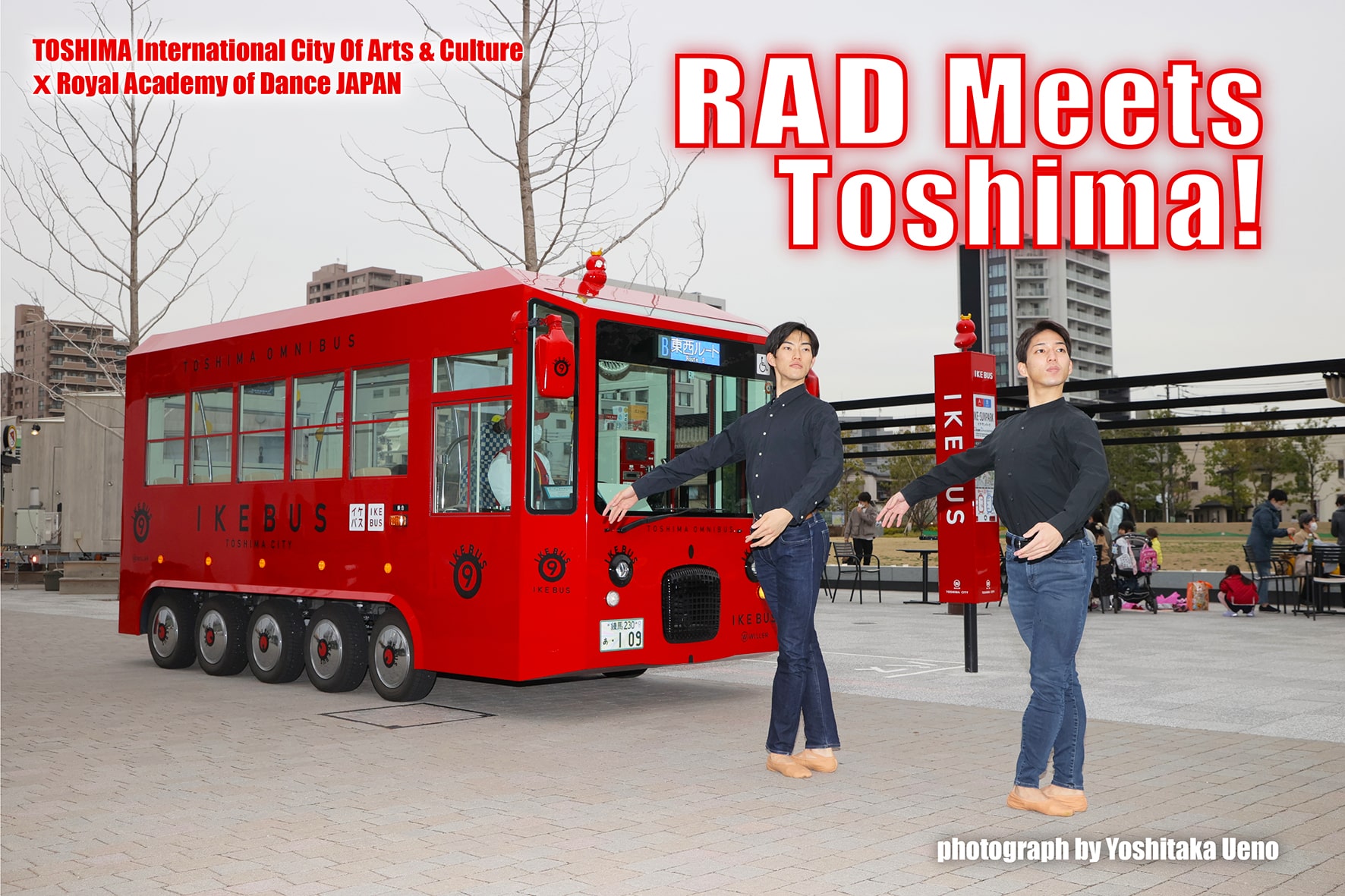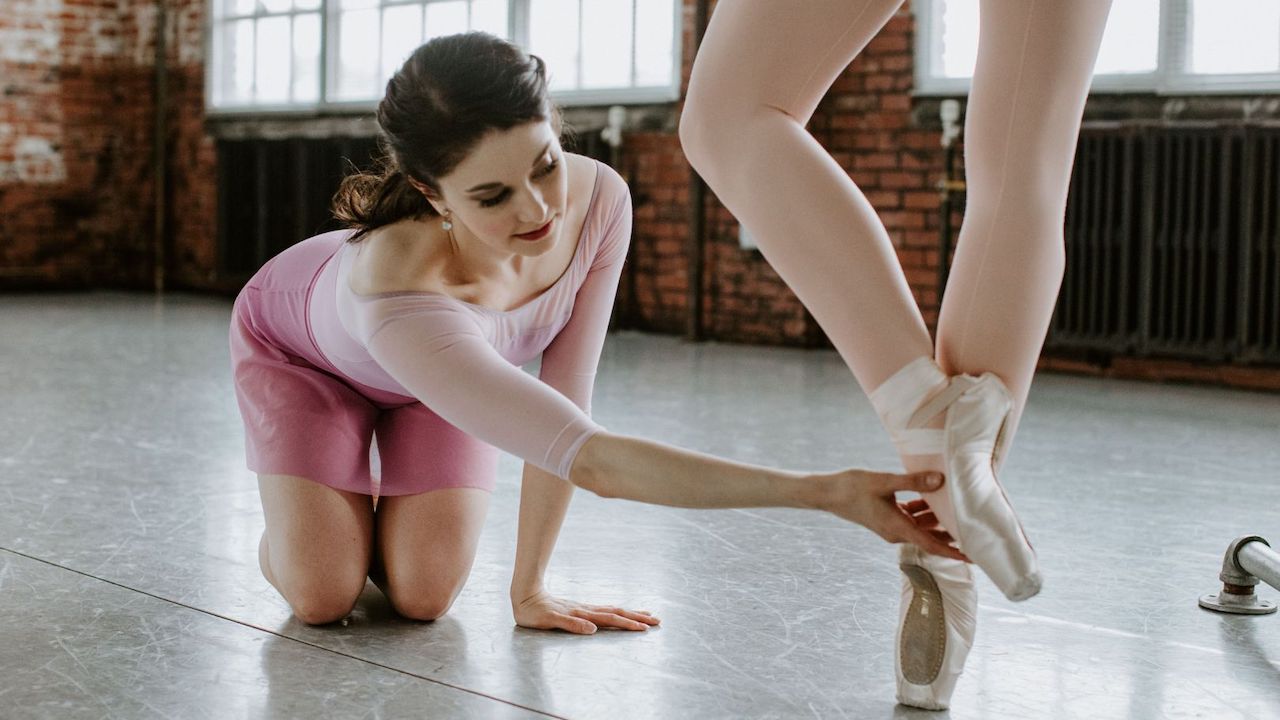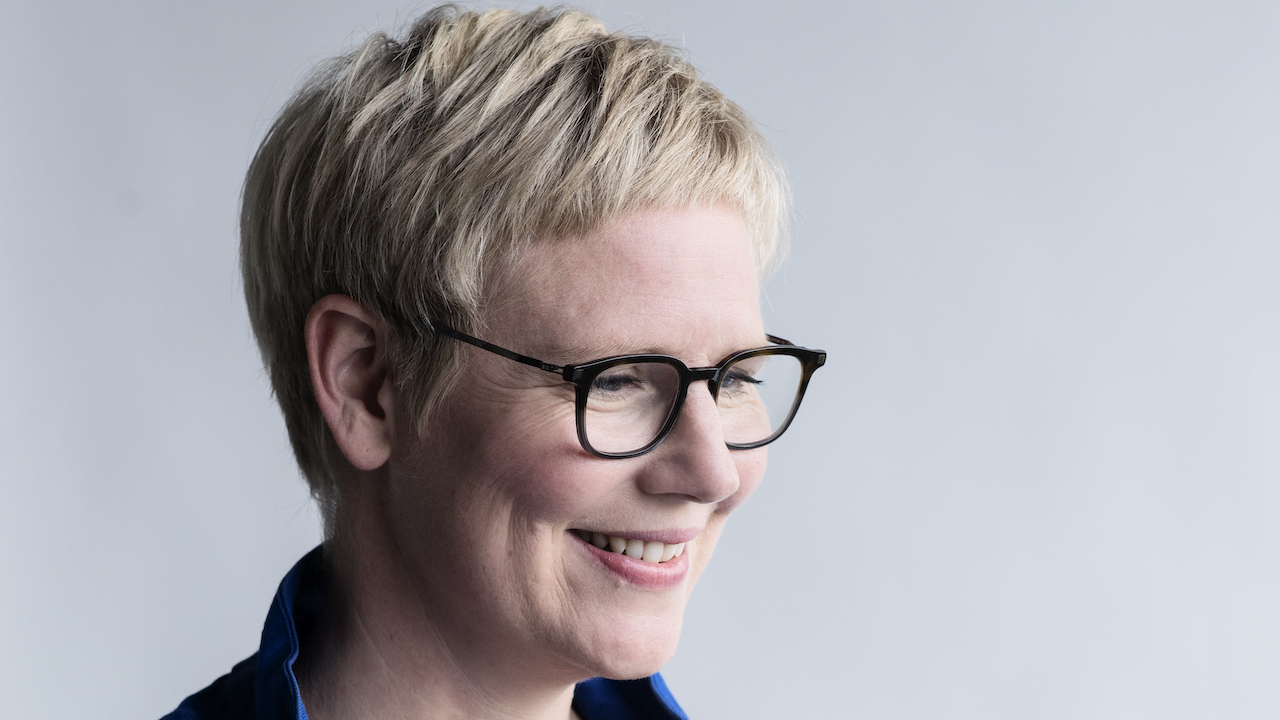Stars of British ballet united in support of dance education at A Midsummer Night, a special fundraising event produced by the RAD and its President, Dame Darcey Bussell.
Dancers from Britain’s top ballet companies came together to advocate for training dance teachers, who will go on to inspire the dancers of the future. The event, which took place on 16 June at the Mandarin Oriental, Hyde Park in London, raised over £410,000 to support the RAD’s vital work in training dance teachers worldwide, and included special performances and a live auction.
The leading dance companies involved included the Royal Ballet, Northern Ballet, Scottish Ballet, English National Ballet, Birmingham Royal Ballet. Ballet stars were also joined by famous names who support the RAD’s charitable cause including Lulu, Elizabeth Hurley and Billy Ray Cyrus.
‘Dance teachers played a pivotal role in my career,’ Darcey Bussell said. ‘They dedicate their lives to supporting, educating and inspiring people from all walks of life. This event was not only a celebration of dance teaching and great dance teachers, but a reminder of the vital need for dance teachers in our society and the transformational impact they have on communities.’
For over 100 years, the RAD has nurtured generations of dance teachers, who instil creativity, confidence and a love of dance in their students. On average, one RAD teacher will train 3,000 students in their lifetime – making them a powerful force for positive change in communities worldwide. ‘Dance is a much underrated superpower,’ says Angela Rippon, who presented the evening. ‘It’s not only great for mental and physical health and wellbeing, it brings joy to everyone who moves to music. And dance teachers are the engine that drive the dance world. They don’t just teach, they mentor, support, encourage and inspire.’
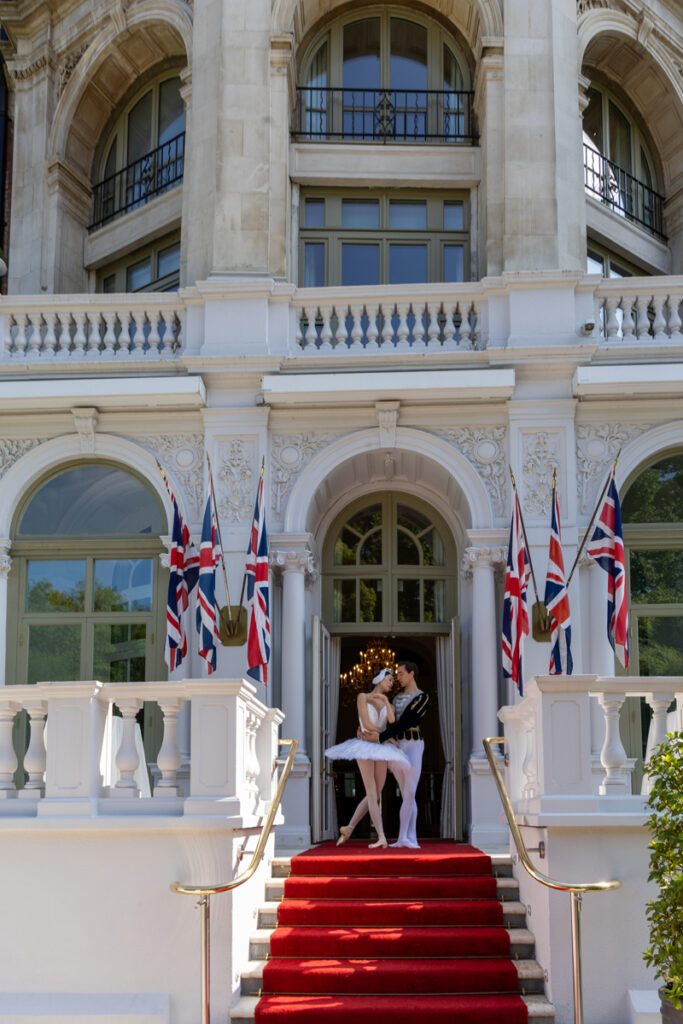
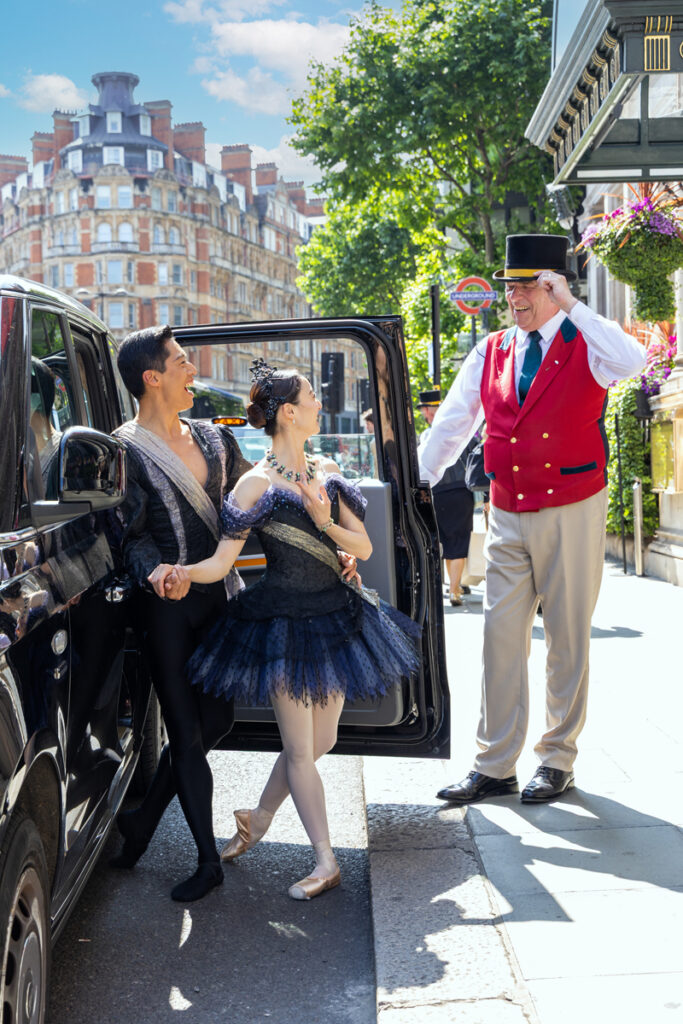
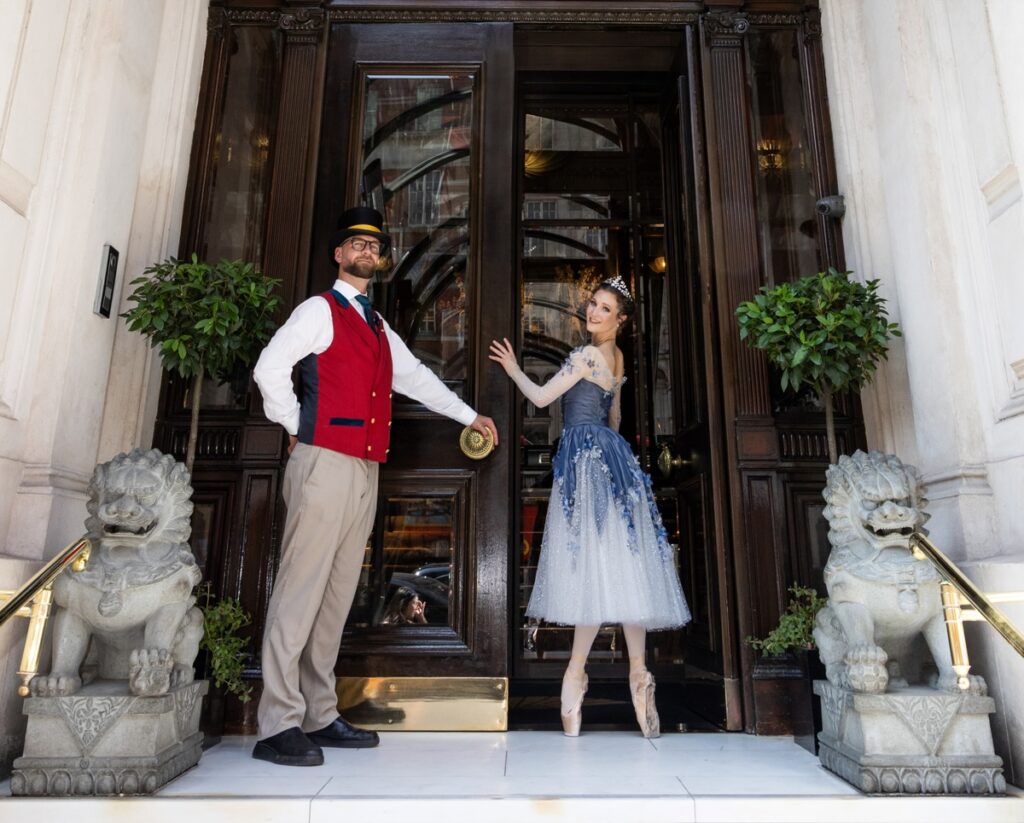
Confirming the importance of dance training, Federico Bonelli, Artistic Director of Northern Ballet, said, ‘the next generation of dance teachers around the world will continue to inspire, shape and elevate the future of our artform. For Northern Ballet, the calibre of dance training provided through the RAD has a direct impact on the quality of dancers we are able to welcome into our company. Great teaching lays the foundation for great artistry.’
Michael Nunn, co-founder of BalletBoyz, said, ‘the RAD was my original system of training when I started ballet training at the age of 15. Despite my complete lack of experience, they supported me as I fast-tracked through the system. My experience with the RAD exemplifies the importance of excellent dance training: it has the potential to completely change lives.’
Performances on the evening included: Melissa Hamilton and Lukas Braendsrød (Royal Ballet) in Craig Davidson’s Lightness of Being; Tzu Chao Chou and Miki Mizutani (Birmingham Royal Ballet) in Frederick Ashton’s Birthday Offering; Matthew Ball and Joshua Junker (Royal Ballet) in Christopher Wheeldon’s Us; Gareth Haw and Sangeun Lee (English National Ballet) in Swan Lake; Sarah Chun and Joseph Taylor (Northern Ballet) in Cathy Marston’s Jane Eyre and Scottish Ballet’s Jessica Fyfe in Christopher Hampson’s Cinderella.
In addition, The Law of Love, a specially commissioned performance choreographed by Kristen McNally, was performed by Francisco Serrano and Leo Dixon with music from Ronnie Scott’s.
The RAD would like to thank its sponsors: Mandarin Oriental, Diptyque, Dima’s Vodka, Lay & Wheeler, Memo Press, International Dance Supplies, Untold Japan craft Gin Byakudan, Harlequin.

